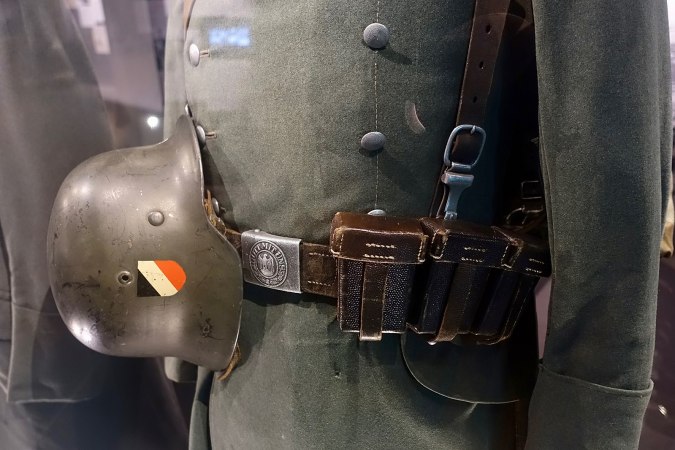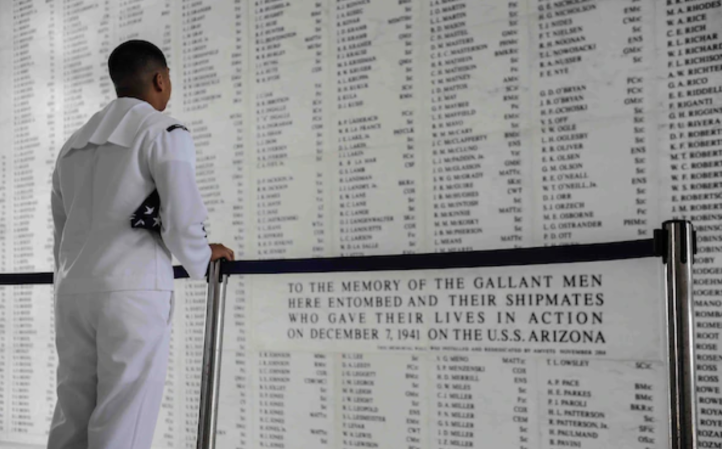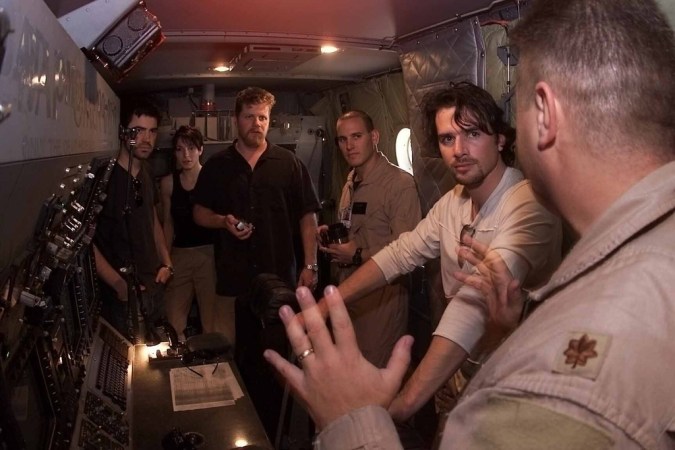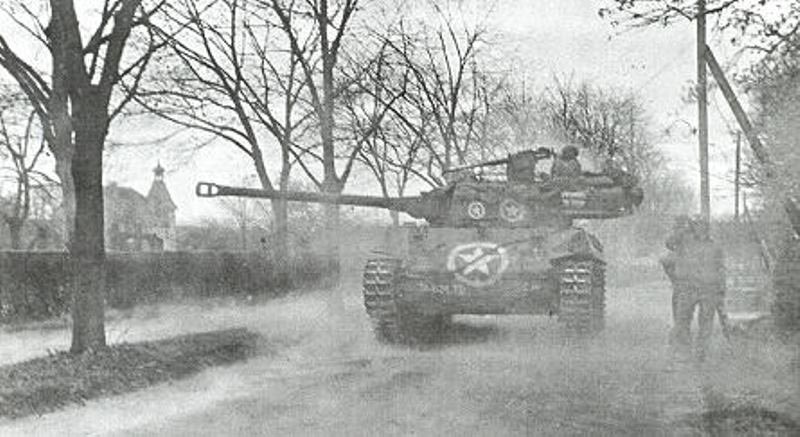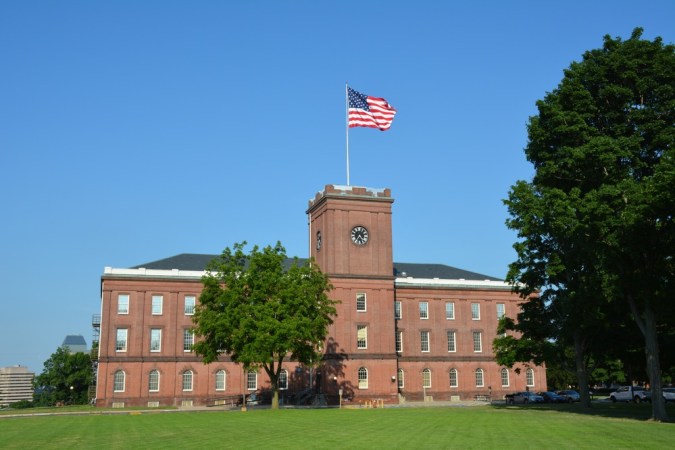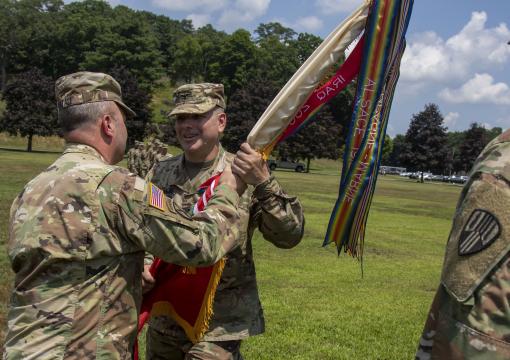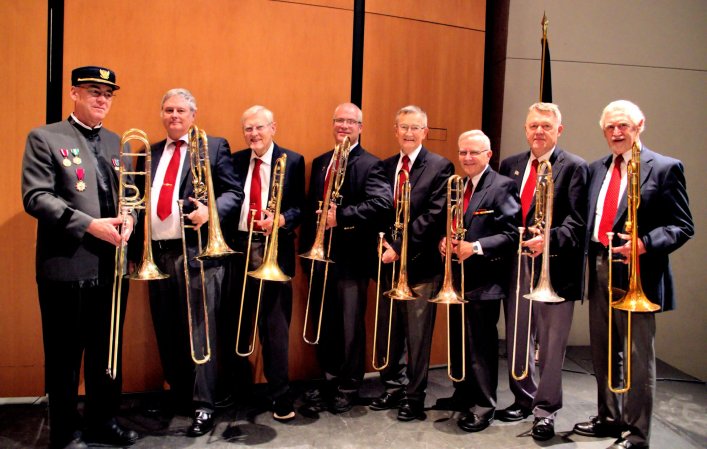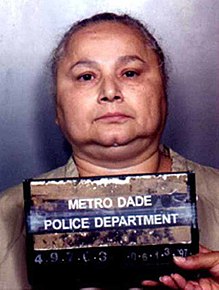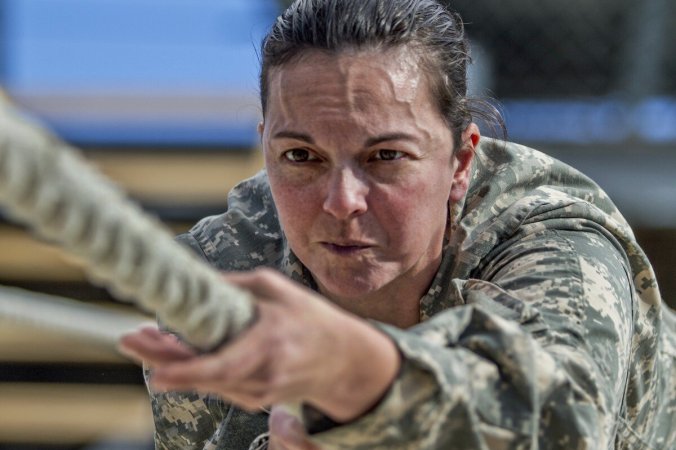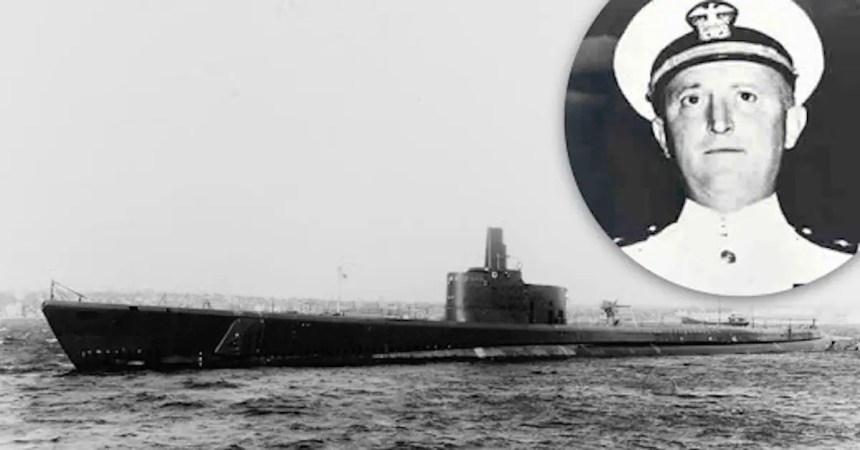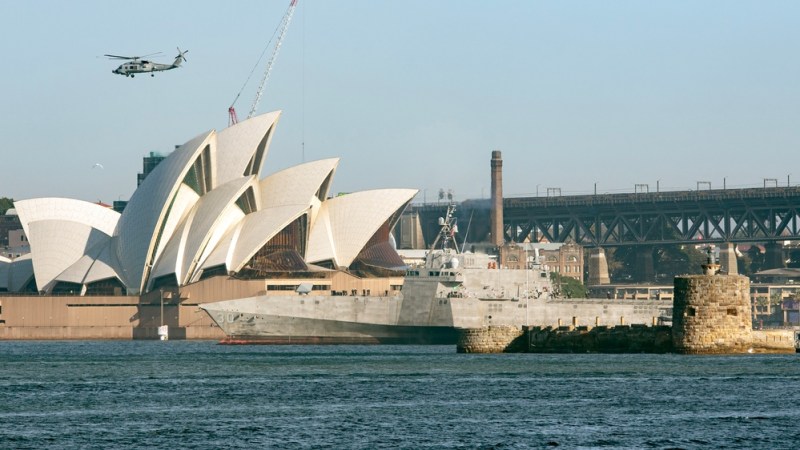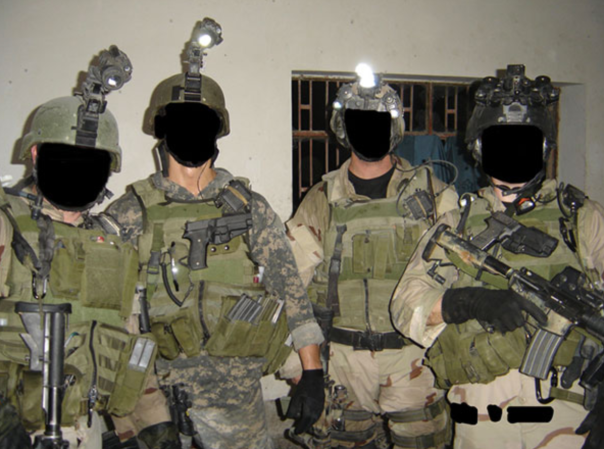The USS Growler was listing at 50-degrees, its bow bent sharply to the side. Japanese machine gun fire raked the bridge. Two men had already been killed and three more wounded — including the submarine’s captain, Cmdr. Howard Gilmore. He was clinging to bridge rail to keep from collapsing. The Growler needed to submerge to survive; there was no time to waste. Gilmore cleared the bridge and, too badly injured to save himself, he gave the order.
Take her down!
He sacrificed himself and saved his boat. He had also earned a Medal of Honor, becoming only the second submariner to be so honored and the first of World War II.
His body was never found.

The Selma, Alabama native graduated from the United States Naval Academy in 1926. He served on the Battleship USS Mississippi before entering the submarine service in 1930 and served on several submarines there before taking command of the newly-built Growler the day after the Japanese attack on Pearl Harbor. After her shakedown cruise, the Growler played a minor role at the Battle of Midway in June 1942 and then began wartime patrols.
Gilmore commanded her on four of those patrols.
On his first patrol in July 1942, the Growler was near Kiska in the Aleutian Islands when she spotted three Japanese destroyers. Commander Gilmore attacked, sinking one of destroyers, the Arare, damaging the other two. The action earned him a Navy Cross.
But it’s the fourth patrol that is remembered.
In early February 1943, the Growler was in the area of the Bismarck Islands off the northeastern coast of New Guinea and already sunk 12,000 tons of Japanese shipping and damaged at least one other ship. In the early morning hours of Feb. 7, she was on the surface charging her batteries when the Japanese convoy escort Hayasaki spotted her through the darkness and the overcast. The Japanese ship quickly turned to ram the submarine. Gilmore, who was on the bridge at the time, sounded the collision alarm and ordered “left full rudder,” which brought the Growler on to its own ramming course.
The submarine struck the Japanese ship amidships at eleven knots, damaging Hayasaki‘s plating and her own bow. Eighteen feet of the submarine’s bow was bent to port and the forward torpedo tubes were put out of action. She was listing. The Hayasaki immediately began raking the Growler’s bridge with machine gun fire, killing the junior officer of the deck, Ensign W. Williams, and a lookout, Fireman W. F. Kelley. Two other crewmen on the bridge were also severely wounded, one with a serious leg injury and the other with an arm wound.

Hanging on as the Growler listed and knowing the Growler had to submerge or be lost, Gilmore ordered the bridge cleared. The Quartermaster and Executive Officer Lt. Cmdr. Arnold Schade, went through the hatch and pulled the wounded men through after them.
They waited in the control room for Cmdr. Gilmore to follow.
Instead, they heard the command: “Take her down!”
The Growler submerged and was able to avoid further damage. When she later surfaced, there was no sign of the Hayasaki — or of Gilmore, Williams, and Kelley.
Schade and the remaining crew of the Growler were able to hold the submarine together enough to get her back to Brisbane, Australia, arriving on Feb. 17. There, she was dry-docked and underwent extensive repairs before returning to the war under the command of Capt. Schade.
Growler continued wartime patrols for the next two years but was lost with her crew off the Philippine Islands in November 1944. It was her 11th patrol on the war.
Gilmore was awarded a Medal of Honor and additionally honored in September 1943 when a new submarine tender was christened the USS Howard W. Gilmore and launched in California.

The command, “Take her down!” became a legend in the submarine service.






